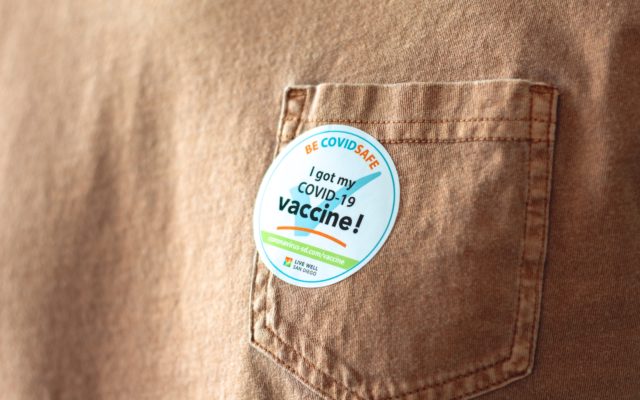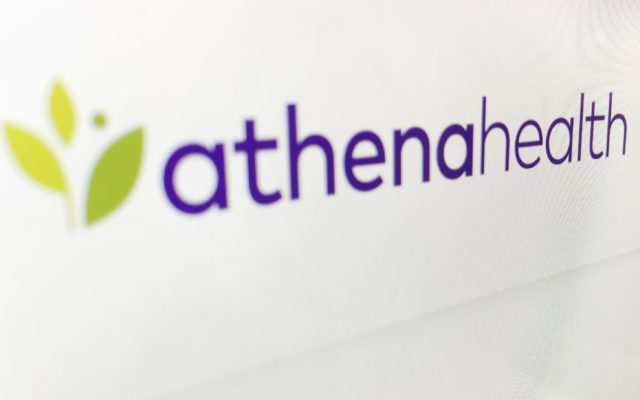
Speech and Language Development: Milestones and Red Flags
All children reach their developmental milestones at different times, and speech/language development is no exception. Many parents worry about whether or not their child is on track, especially when it comes to communication. Although every child progresses differently, there are developmental trends that you can look for to help you determine whether or not your child is communicating appropriately for their age. We’ve outlined the different stages of speech and language development, along with some red flags, below. If you’re concerned about your child’s speech development, please don’t hesitate to contact us for a free evaluation. Often, the best place to start is with your primary care provider who can then make a referral to us.
Milestones: 12 months
- Social and play based – Joint attention is apparent, child hands you a toy or book/making noise to get attention and enjoys interactive games like “peek-a-boo”
- Expressive and receptive language – Shakes head no and waves bye-bye, understands simple instructions and questions, recognizes words for common objects (ex: shoe), imitates speech sounds/non-speech sounds, uses 2-6 words
- Speech sounds – Babbles using a variety of sounds and produces non-speech sounds (“woo”, “uh-oh”)
Milestones: 18 months – 2 years
- Social and play based – Shows interest in playing with other children, pretend play (feeding a baby), imitates behavior, begins to show more independence (age 2)
- Expressive and receptive language – Follows simple directions with gestures, recognizes familiar objects, body parts and names, begins to use simple phrases like “more milk” (age 2), uses 50 or more words, is understood 50% of the time by family
- Speech sounds- Produces sounds using “p,b,w,m,n,t,”
Milestones: 3 – 4 years
- Social and play based – Verbalizes a wide range of emotions, plays with other children and separates from family easier, takes turns in games, expresses likes and dislikes
- Expressive and receptive language – Follows 2-3 step directions, understands prepositions (in, on, under), uses 3-word sentences, asks WH questions, says first/last name, knows basic rules of grammar, is understood 90% of the time by family
- Speech sounds – Produces sounds “d,k,g,f,s,y,h” in addition to those developed in the previous milestone
Red Flags
If you’re concerned about your child’s speech and language development, below are a few things to watch for that might indicate your child would benefit from the help of speech and language therapy.
- Excessive drooling
- Difficulty coordinating lips, tongue and jaw
- Lack of interest in communicating
- Lack of interest in books, games, or toys played with another person
- Stuttering while talking
- Not imitating speech sounds
- Few words by 18 months – 2 years
- Difficult to understand by age 3
- Difficulty following simple directions, or asking “what?” multiple times
- Reported difficulties at school or daycare
Ways you can help
Although you might feel like you don’t know how to help your child’s speech and language development, there are actually many simple things you can do to encourage communication.
- Self-Talk: Talk about what you are doing. Describe what you are holding, the actions you are performing, what you see, how you feel, and what you hear, smell, or taste. Talk about all of this! Your child will learn from hearing you talk about all of those things.
- Expansions: In this strategy, you will build on your child’s speech or gestures. Take whatever your child says and add one word onto it. For example, if your child says “ball”, you could say “want ball”, or anything else that contains the word ball with one other word.
- Receptive Vocabulary Building: You can increase your child’s receptive vocabulary by having him point to pictures, objects, or people when you label them for him/her. For example, you can say “Where’s Daddy?” and help them point or look towards Daddy. This is easy to do while reading books.
- Play Dumb: You can create your own communication opportunities by pretend you don’t know what your child is pointing at or wants and asking them to further explain.
Concerns? Ask your primary care provider for a referral or schedule a free screening by calling (269) 781-6030 or (517) 924-1620.

